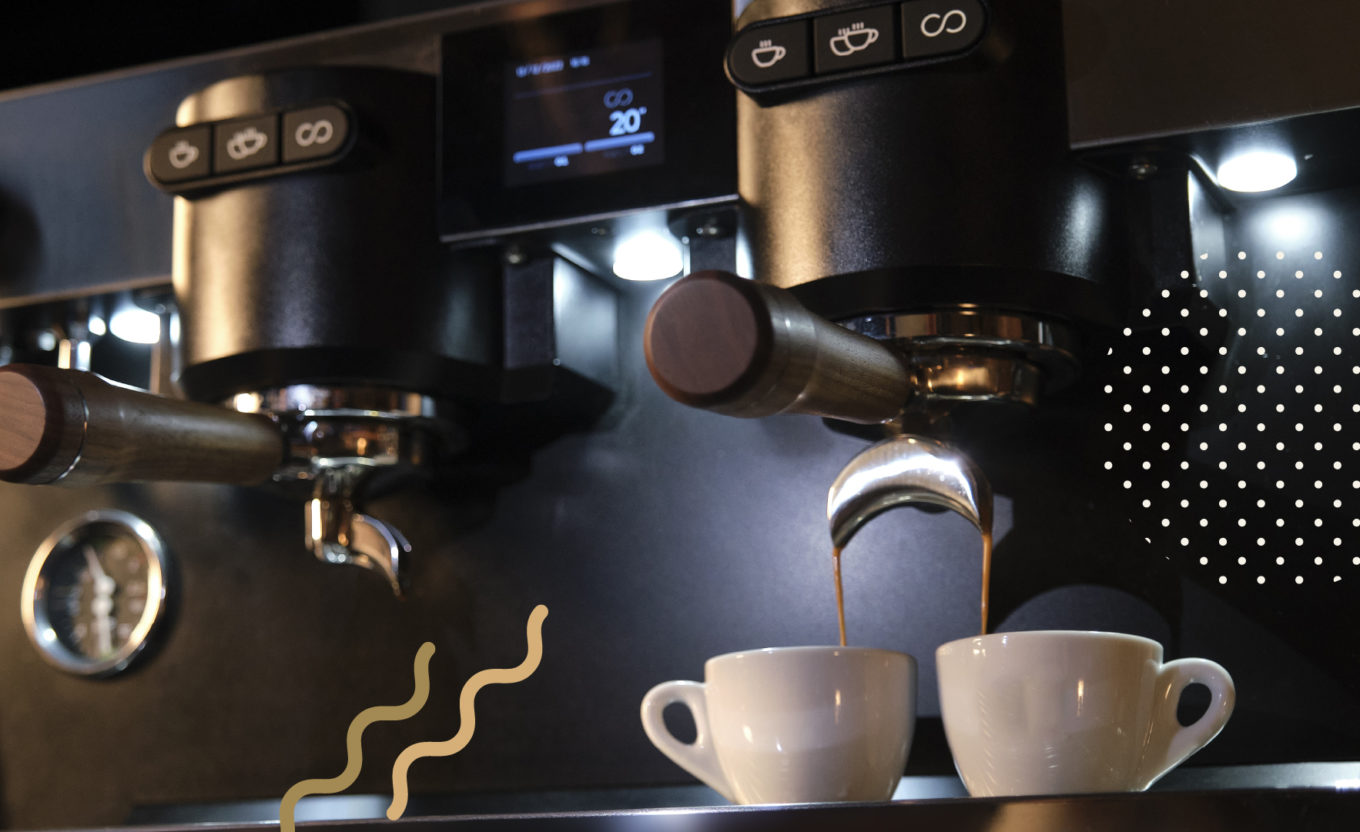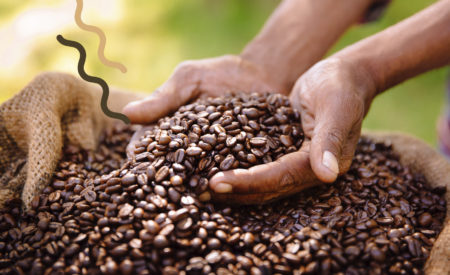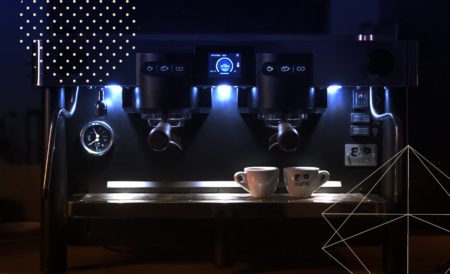In Italy coffee is so much a part of everyday life that we rarely take the time to savor all the sensory facets that a cup of espresso can offer. Yet every organ involved sends out information and stimuli that, with a little training, we can learn to recognize to notice the merits, flaws or simply differences of each cup we serve, so that we can select our signature espresso with greater awareness and intention.
Train your senses
One can make the mistake of believing that only the nose and mouth are involved, but tasting espresso affects at least four senses:
- smell: the volatile components of coffee are perceived by the nose
- taste: taste buds on the tongue sense flavors
- touch: often underestimated, is instead crucial in describing the texture of coffee in the mouth
- sight: color also gives us some useful information, though sometimes looks can also be deceiving!
Let’s see together what the most common terms used by professionals are to describe and convey the sensory experiences involved in tasting espresso coffee.
Taste
The flavor of espresso coffee is perceived in the mouth and is classified into three macro components:
- acidity
- sweetness
- bitterness
Each of these components can then be described more precisely, highlighting some particular notes through the association with known flavors that are easy to bring back to memory. Acidity, for example, can be citric, when it recalls the flavors of lemon, orange, or tangerine, or malic, when we want to associate it with the hint of apple. To better describe sweetness, on the other hand, pros refer to peach or melon.
In addition to the taste, it is also common to describe the aftertaste: that is, the flavor that remains in the mouth at the end of tasting. It can brief or persistent and depends both on the type of coffee chosen, but also on the quality of the extraction performed by the barista.
Aroma
In technical circles, the term perfume is not used: the stimuli that reach the nose are called aromas. The framework that most helps professionals navigate the many nuances of coffee aroma and taste is the Coffee Flavour Wheel: a graphic representation designed by The Specialty Coffee Association of America, which groups and ranks up to 86 flavorings.
Body
When we talk about the body of espresso coffee, we mean the tactile sensation that coffee leaves on the palate. We can begin the description with an initial distinction between: light, medium or rich. And then refine it by choosing a more accurate definition such as: delicate, round, persistent, enveloping, viscous, syrupy, juicy, elegant.
Color
Color is also an interesting parameter when describing an espresso, as long as we do not oversimplify. People often think that a good espresso must necessarily have an intense dark color, and that a lighter gradation is synonymous with some mistake in the preparation. Instead, we must remember that it all depends on roasting and the composition of the blend that one decides to use. Coffees that produce a darker crema usually are those composed of dark roasts with a high percentage of Robusta, but lighter, hazelnut gradations can also identify a good espresso.
Sensitivity to different aroma notes and appropriate vocabulary to describe them are essential tools for working at a coffee shop counter: awareness helps us choose the right coffee blends, make better espresso, and allows us to tell customers about our work, to get them excited and engaged.





